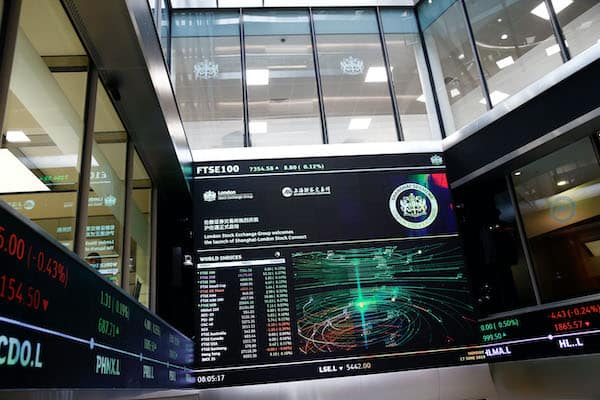
The London Stock Exchange Group (LSEG) is making significant strides towards becoming the first major exchange to establish a complete blockchain ecosystem. This move comes as the company seeks to regain market share and ensure its relevance in the global financial landscape for centuries to come.
CEO Julia Hoggett recently highlighted the need for the LSEG to inject dynamism into its operations, serving the UK economy and positioning the country as a leading financial center. This forward-thinking approach and ambitious vision are commendable, signaling a commitment to long-term success.
While the integration of blockchain technology into financial institutions is not new, with banks like JP Morgan and HSBC already utilizing it, LSEG’s plan to create a comprehensive system based on blockchain sets it apart. Extensive research and investigations over the past year have paved the way for this groundbreaking development.
It’s worth noting that the LSEG’s focus is not on building anything around crypto assets but rather leveraging blockchain technology to enhance existing processes for buying, selling, and holding traditional assets. By adopting the underlying technology pioneered by the cryptocurrencies community, the LSEG aims to digitalize and improve its traditional asset exchange.
But what exactly is blockchain technology, and how can it improve systems that have been in place for decades? Simply put, blockchain is a decentralized digital ledger that can record and verify transactions across multiple computers. Transactions recorded on the blockchain are transparent, secure, and immutable.
Those who have experienced holding cryptocurrencies in a digital wallet and transferring them between wallets know that the process is inherently digital, fast, and secure. The LSEG’s Head of UK Capital Markets, Murray Roos, envisions blockchain as a means of enabling participants from different jurisdictions to interact seamlessly, adhering to legal and regulatory frameworks. This level of cross-jurisdictional collaboration has not been possible in an analogue world.
In essence, the LSEG sees blockchain as a way to simplify the trading of traditional securities. Cross-border transactions often suffer from sluggishness, inefficiency, and high costs due to intermediaries and outdated processes. However, blockchain technology has the potential to minimize these friction points. Smart contracts, which operate on the blockchain and execute commands based on predefined conditions, could streamline processes. For example, a regulatory standard could trigger the release of funds when met.
The LSEG’s commitment to modernizing and reevaluating existing systems is an exciting development. Blockchain enthusiasts who have been aware of its potential for years understand its power to revolutionize market infrastructure. It has always been a matter of when, rather than if, the technology would be adopted on a large scale. For many, the LSEG’s embrace of blockchain feels like a watershed moment.
As the LSEG progresses with its blockchain ecosystem, it will be important to monitor its implementation and impact closely. This move has the potential to reshape the financial industry and pave the way for other major exchanges to follow suit.






